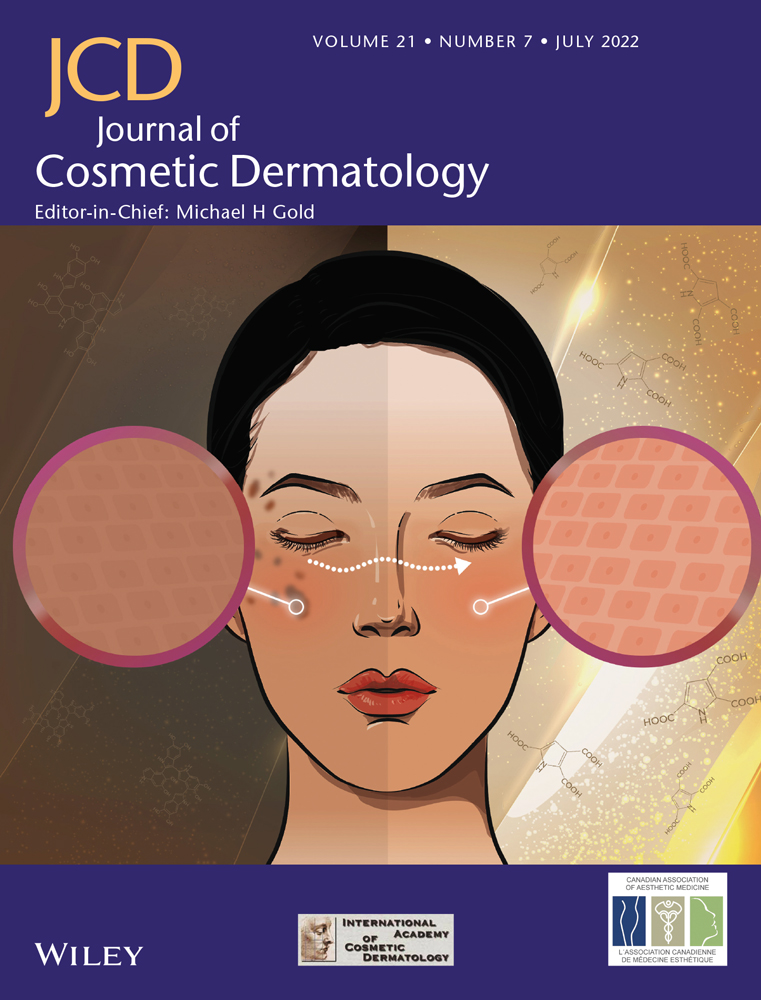Interleukin-17A gene single nucleotide polymorphism and its relation to fungal growth in psoriatic patients: A preliminary study
Abstract
Background
Although dysbiosis and the role of the microbiome in the pathogenesis of inflammatory skin diseases have been intensively investigated, fungal colonization or infection has received minimal attention.
Aims
To isolate and identify different fungal species namely Candida, Dermatophytes, Malassezia, and Aspergillus from plaque psoriasis patients, evaluate the association of IL-17A gene single nucleotide polymorphisms (SNPs) with psoriasis, and to reveal the relation between IL-17A gene SNPs and the fungal presence within the psoriatic plaques.
Patients/Methods
Fifty plaque psoriasis patients and fifty healthy age and sex volunteers as controls were enrolled in this study. From psoriatic plaques, mycological isolation was done by direct microscopic examination (10% KOH mount), culture onto the three sets of media then species identification by phenotypic procedures. Genomic DNA extraction and genotyping for IL-17A (rs10484879) SNPs using polymerase chain reaction and restriction fragment length polymorphism were also done.
Results
Psoriasis cases showed higher frequency of fungal growth 86% vs. 14% in controls; (p < 0.001). The frequency of IL-17A GA, AA, and total polymorphism (GA+AA) genotypes in psoriasis cases was significantly higher than in controls. There was non-significant association between different IL-17A genotypes and fungal growth except Aspergillus flavus, which decreased gradually with GG, GA, and AA (37.5%, 20.8%, and 0%, respectively).
Conclusions
Psoriasis cases are significantly associated with fungal growth, which may be a contributing factor in its pathogenesis. SNPs of IL-17A (rs10484879) G/A gene led to increased susceptibility toward pathogenesis of psoriasis. Fungal growth and IL-17A GA+AA genotypes are suggested to be independent predictors of psoriasis susceptibility.
CONFLICT OF INTEREST
No conflict of interest.
Open Research
DATA AVAILABILITY STATEMENT
The data that support the findings of this study are available from the corresponding author upon reasonable request.




